Pretext Stops
The “real” reason for the stop (pretext stops)
In Canada, Police are given generous police power when stopping motor vehicles. For example, they are allowed to conduct random stops to check that a driver is properly licensed and has his papers in order. However, Canadian law does draw a line. If it can be shown that that the sole purpose of the stop was to further the other criminal investigation and that there was no intention at all to investigate or pursue the other traffic infraction, the police action can be classified as a ruse or pretext (a pretext is a reason you give to hide the real reason you are doing something.)
The police stop – pretext stop
In R. v. Gayle 2015 ONCJ 575, Justice B. W. Duncan concluded that the a stop of a traffic infraction was nothing more than a ruse to investigate a subject about whether he was in fact following bail conditions (something that the police cannot stop a person for). In deciding whether a stop has been carried out for a legitimate purpose or as a mere ruse the following questions are useful:
· Did the traffic concerns continue to manifest themselves throughout the detention concurrently with the other investigation?
· Was the traffic investigation immediately non-existent or almost immediately abandoned?
· Was a ticket issued for the traffic violation or was it issued much later in the investigation?
· Was the stop valid absent the traffic violation i.e. were there grounds for stopping the vehicle absent a traffic violation?
The Supreme Court of Canada
The leading case from the Supreme Court of Canada on this issue is R. v. Nolet [2010] 1 SCR 851. At para 39 of that decision the Courts stated:
Police power, whether conferred by statute or at common law, is abused when it is exercised in a manner that violates the Charter rights of an accused. This is a better framework of analysis, in my opinion, than the “predominant purpose” test applied here by the trial judge. If the Charter is violated, it makes little difference, I think, that the police had in mind multiple purposes. A valid regulatory purpose, whether predominant or not, would not sanitize or excuse a Charter violation.
In Nolet a regulatory search led to the discovery of drugs. Although the officer had suspicion that something was out of place, his reason for searching a bag which ultimately was found to have drug-money in it was to search for vehicle related documents.
Some may view Nolet as being a very pro-Crown friendly case, but I beg to differ. Nolet is very factual. In most cases I suspect the door will be left wide open for a trial judge to find that a police authority was using regulatory authority as a pretext for conducting a criminal search. In Nolet the following para (44) illustrate the point I am making:
The trial judge did not express any doubt about the officer’s evidence that relevant papers were frequently dispersed around a cab, often collected in a bag similar to the one at issue here, and that when he “pushed down on the duffel bag, [he] felt and heard paper products inside” (A.R., vol. 2, at p. 181). In other words, the officer did not proceed immediately to open the bag without some preliminary evaluation of its likely relevance to the regulatory search. The paper contents felt more like items connected to the H&TA inquiry than if the contents had felt solid in a way that might have indicated personal clothing (or drugs). In the circumstances, it was not unreasonable, given the appellants’ very limited privacy interest, for the officer to open the bag. At that point, the cash was in plain view.



